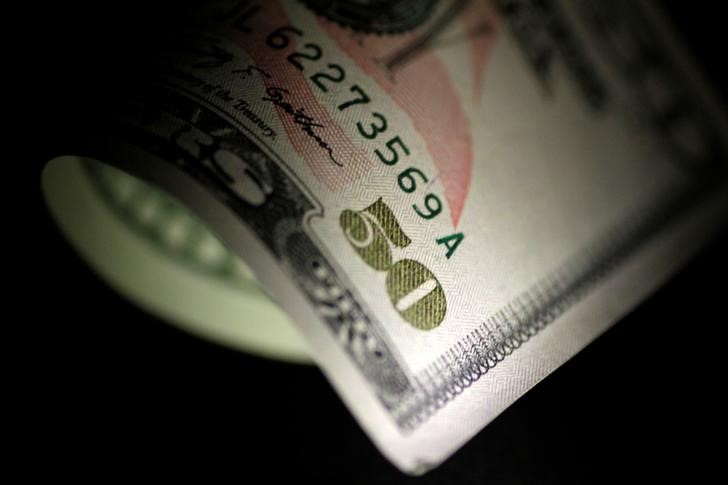By Peter Nurse
Investing.com - The U.S. dollar edged lower Tuesday, with investors taking a cautiously optimistic view of the coronavirus pandemic's progress, and thus drifting out of the safe haven.
At 3:10 AM ET (0700 GMT), the U.S. Dollar Index, which tracks the greenback against a basket of six other currencies, stood at 99.265, down 0.1%, while EUR/USD rose 0.2% to 1.0929 and GBP/USD rose 0.4% to 1.2557. USD/JPY fell 0.1% to 107.69.
While the number of confirmed cases of the Covid-19 virus continues to climb, and is rapidly approaching two million globally, the conversation has turned more towards when countries can reopen their economies.
In Europe, the two hardest hit countries to date are already loosening their restrictions - Spain has allowed around 300,000 nonessential workers to return to their jobs, while Italy will allow a narrow range of businesses to resume operations this week. In the U.S., states on the east and west coasts are getting together to coordinate gradual economic reopenings as the coronavirus crisis finally appeared to be ebbing. By contrast, France extended its lockdown to May 11, while Germany is expected to likewise later this week. France's Finance Minister Bruno Le Maire was reported earlier as saying he expects French GDP to shrink by 8% this year.
Economic restarts ought to be dollar-negative, analysts say.
“Re-opening businesses and getting to the point of rising (global) economic activity will be what we are looking for to take EUR/USD 1-2 figures higher,” said Danske Bank, in a research note.
The release earlier Tuesday of better-than-expected Chinese trade data for March, as year-on-year exports and imports contracted less than expected, plays into this theme.
Also of interest to the foreign exchange markets was the deal agreed by the Organization of the Petroleum Exporting Countries and its allies to cut output by 9.7 million barrels per day in May and June.
The price of oil had become a function of the demand destruction caused by the coronavirus outbreak - the more the global economy shut down, the more oil has fallen and the more the dollar appreciated as a safe haven.
The Russian ruble, the most actively traded of the world's 'petrocurrencies' hit its highest in nearly a month Tuesday, despite a sharp escalation in Covid-19 cases domestically.
The agreement has only resulted in a small boost to the price of oil to date, but it removes the near-term possibility of a price war, said Danske Bank.
“Now the supply outlook looks more predictable, which will leave oil prices in the hands of demand and the eventual reopening of economies,” added Danske, keeping a cautiously bullish stance on the Norwegian krone.
At 3:10 AM ET, USD/NOK traded 0.3% lower at 10.2727.
